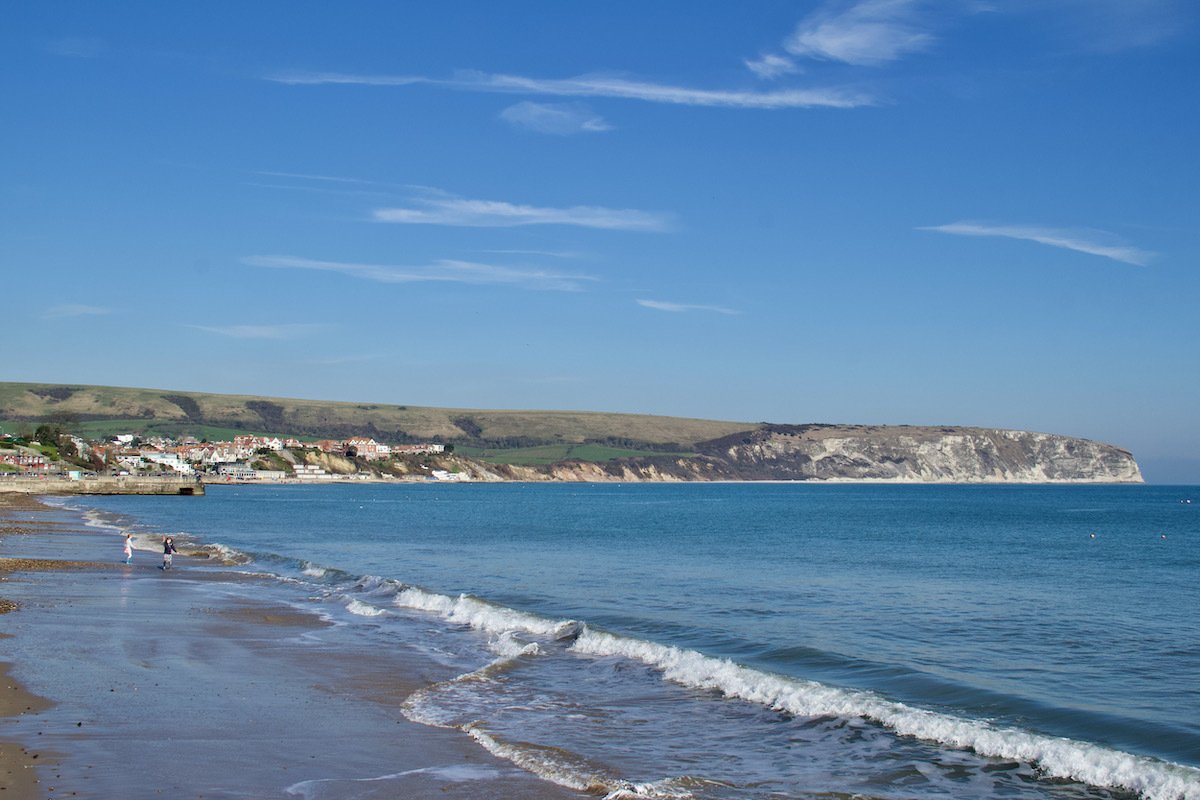
During the nineteenth century the fortunes of Swanage were dictated by a trio known as the Three Gentlemen of Swanage. Two of them, John Mowlem and George Burt developed the Purbeck stone trade, contributing to the fabric of the town as their business prospered and grew. It was the third, philanthropist William Morton Pitt, who laid the foundations of the popular seaside resort that Swanage is today. But this was at the expense of his family’s estates in Dorset.
William Morton Pitt (1754-1836)
A distant relative of the Prime Minister, William Pitt the Elder, William Morton Pitt also served as a member of Parliament from 1780 to 1826. He was first elected as a burgess of Poole then, on resigning that seat, represented the county of Dorset. He had a poor attendance record, and there is no evidence of any positive activity in the House of Commons, but he certainly left his mark on the seaside town of Swanage.
W M Pitt was one of the landed gentry in the county of Dorset, having inherited two estates from his father, John Pitt, in 1787: Encombe, a large country estate near the village of Kingston and the Jurassic Coast, and Kingston Maurward near Dorchester. W M Pitt was a man of the people. An active county magistrate, he was liked and respected by all. In an attempt to distract the local population from smuggling, and to encourage local industry, he established premises for the manufacture of cordage and sail-cloth near his home on the Isle of Purbeck. He also set up a hat-making factory in Dorchester Jail. These enterprises failed and in 1806 an impoverished W M Pitt was forced to sell Encombe and Kingston Maurward to the 1st Earl of Eldon, John Scott. He then turned his attention to Swanage and the development of the area around the pier and downs, which included the first hotel in the town. W M Pitt died bankrupt in 1836, having invested much of his family fortune in developing Swanage.
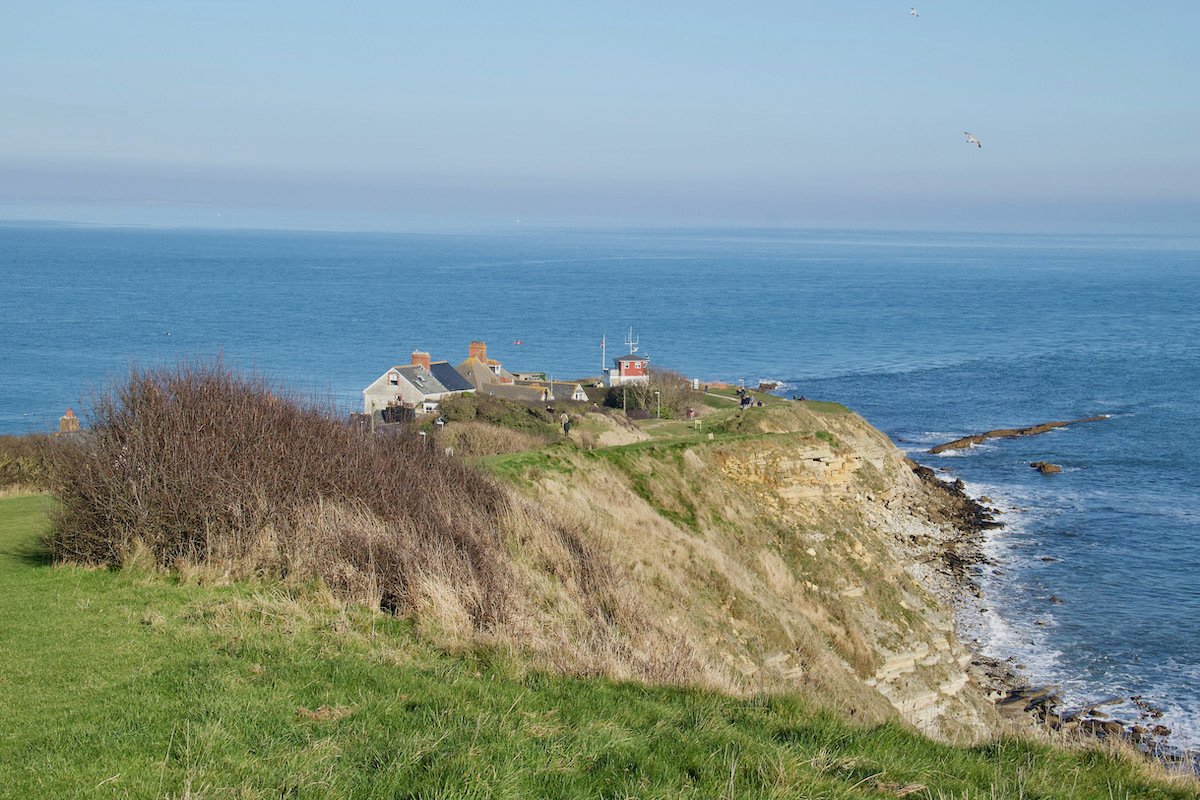
The First Hotel in Swanage
W M Pitt’s developments in Swanage were inspired by the increasing popularity of sea-bathing. King George III had made this a fashionable pastime during his visits to nearby Weymouth at the beginning of the nineteenth century. W M Pitt saw no reason why Swanage (or ‘Swanwich’) should not also benefit from this trend. He liked to visit Swanage during the summer season with his family and thought other people ‘of quality’ would like to do the same. He realised that to encourage people to visit Swanage the provision of accommodation and amenities was a priority, so W M Pitt built the first hotel in the town.
The core of this first hotel in Swanage, then known as the Manor House, was a mansion built by a stone merchant, John Chapman, in 1721. Following the death of Chapman, his estates in Swanage were sold in 1823 by auction, when W M Pitt bought the Manor House. He removed the surrounding farm buildings, constructed a double storey extension at the back and replaced the ashlar external cladding with the more fashionable Regency stucco. Manor House Hotel opened in 1827. Its most famous guests were the Princess Royal (later Queen Victoria) and her mother, the Duchess of Kent. They stayed there for one night in August 1833 during a royal tour of Devon and Dorset. Following this visit W M Pitt was allowed to rename the hotel and it became the Victoria Hotel. W M Pitt died in 1836 and the hotel was sold, again by auction, in 1938. Its new owners renamed it ‘the Royal Victoria Hotel’ and English Heritage listed the hotel as a Grade II building in 1952. After the hotel closed in 1981 the building was converted into apartments – address: 1, High Street, Swanage – with a bar and nightclub in the left and right wings respectively.
Image: The Old Royal Victoria Hotel
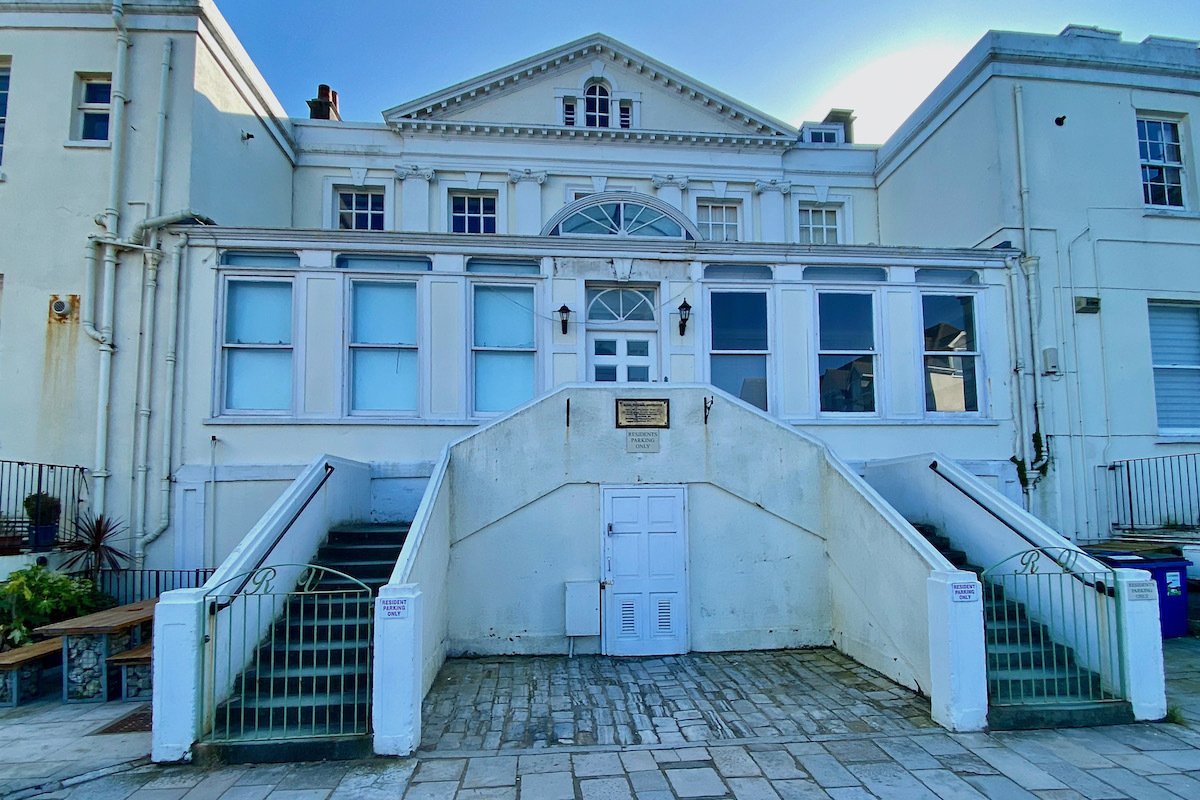
In the early nineteenth century W M Pitt built the stone quay. This Purbeck stone structure had a curved end that projected into the sea and was initially built for the stone export and fishing industries. He extended this quay in 1825 and it subsequently became a private quay for guests of the Royal Victoria Hotel. The tracks for the horse-drawn trams that brought the Purbeck stone to the sea front can still be seen leading to this quay. W M Pitt’s entrepreneurial instincts led to a desire to build houses for retiring marines and to encourage people of quality to move to Swanage, these are the Marine Villas at the end of the Victorian Pier.
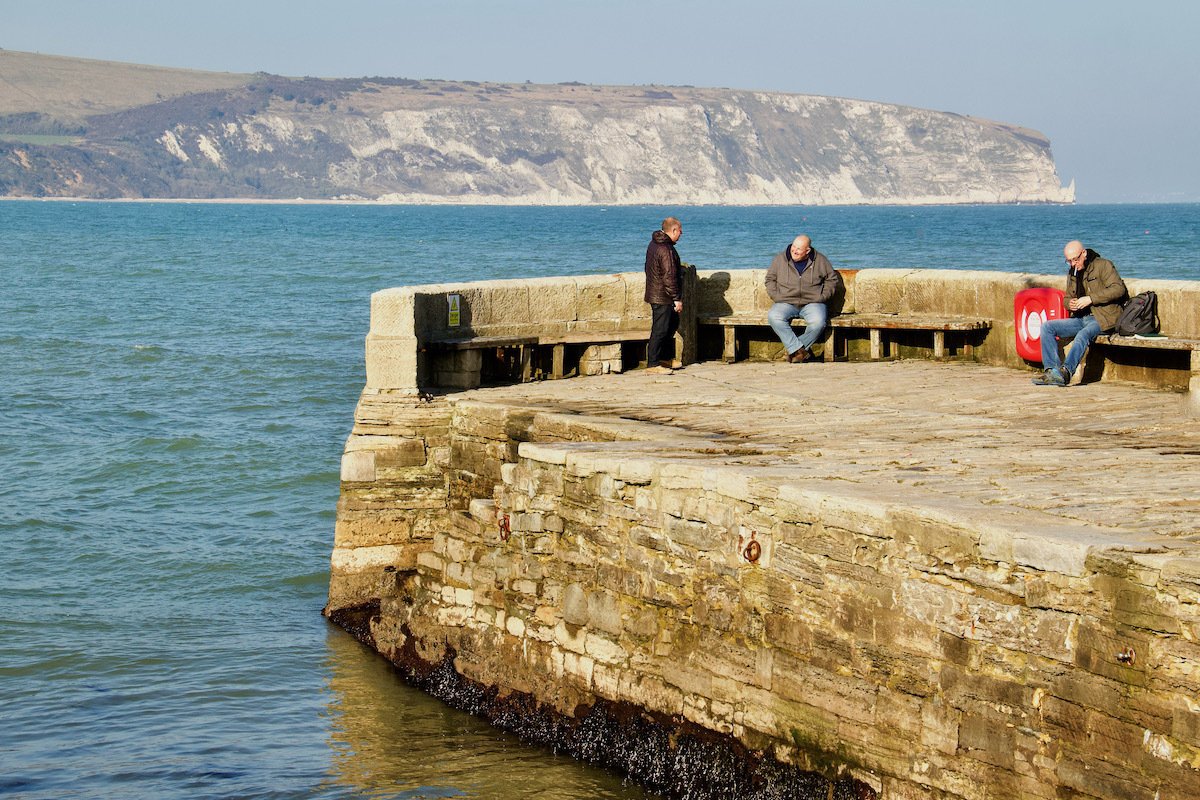
Marine Villas
The foundation stone of Marine Villas was laid on 24 February 1825. The villa was built on ‘Slippery Ledge’, with four salt water baths on a lower level that were replenished by the sea at high tide. These baths can be seen today through glass panels in the floor of the building. The villas also included a billiard room and coffee rooms. In 2018 Marine Villas became part of a restoration project undertaken by the Swanage Pier Trust. A new, partially glazed extension was added to the two-storey building creating a new café area, now the 1859 Pier Café and Bistro. The building also includes a shop and a small museum and has lovely views across the bay to the Jurassic Coast.
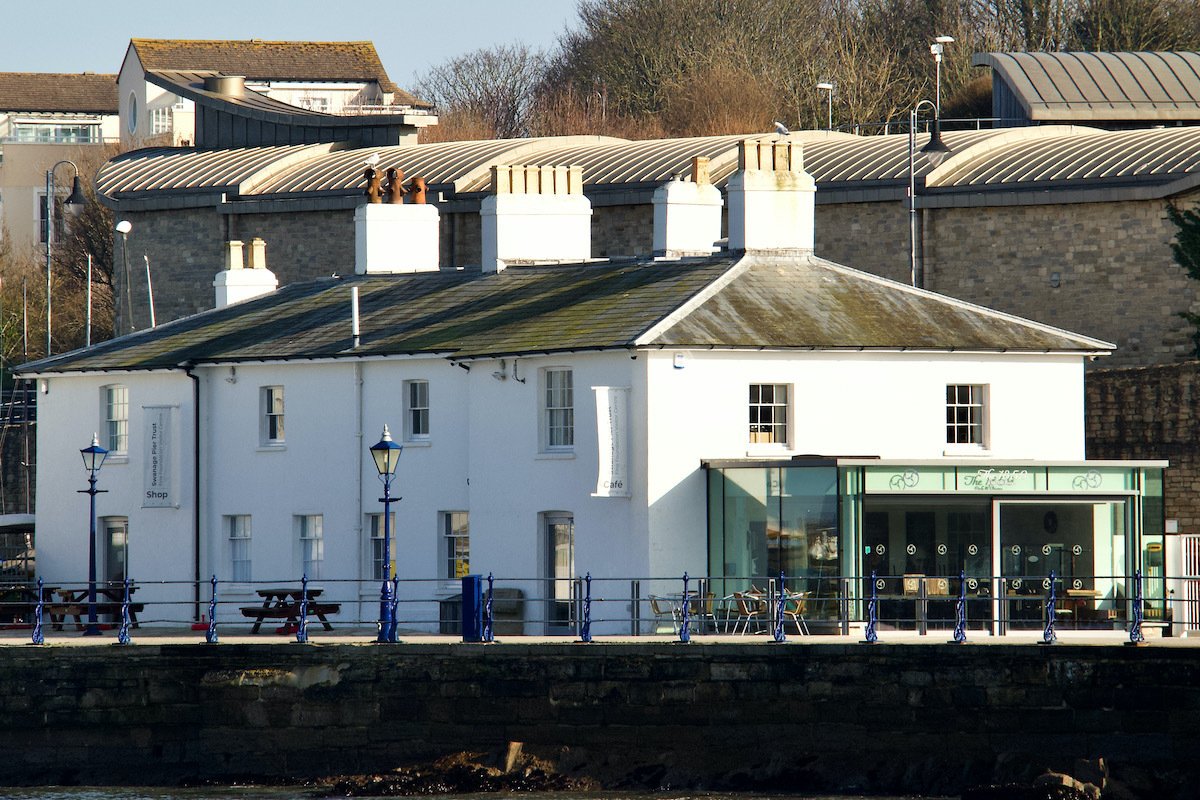
The Railway Comes to Swanage
W M Pitt was against the railway coming to Swanage but growth of the town as a seaside destination for the wealthy was slowed by difficult access, due to its valley location. When the railway opened in 1885 the Victorians flocked to the town to enjoy the new fashion of ‘sea bathing’. During the 1920s and 1930s Swanage was recognised as a leading holiday resort on the south coast. But the second world war brought an abrupt halt to seaside holidays. By 1945, when people started going on holiday again, the country was in recession and that, as well as the increasing ownership of cars, resulted in a steady decline of railway services. The Swanage branch line of the railway was closed in 1972, but a group of local enthusiasts was able to save the line through the formation of a charitable trust. The line has been restored and the Swanage Railway operates steam and diesel locomotives running to local villages and the famous Corfe Castle. Another attraction, the splendid Victorian pier, also contributed to the success of Swanage as a holiday destination.
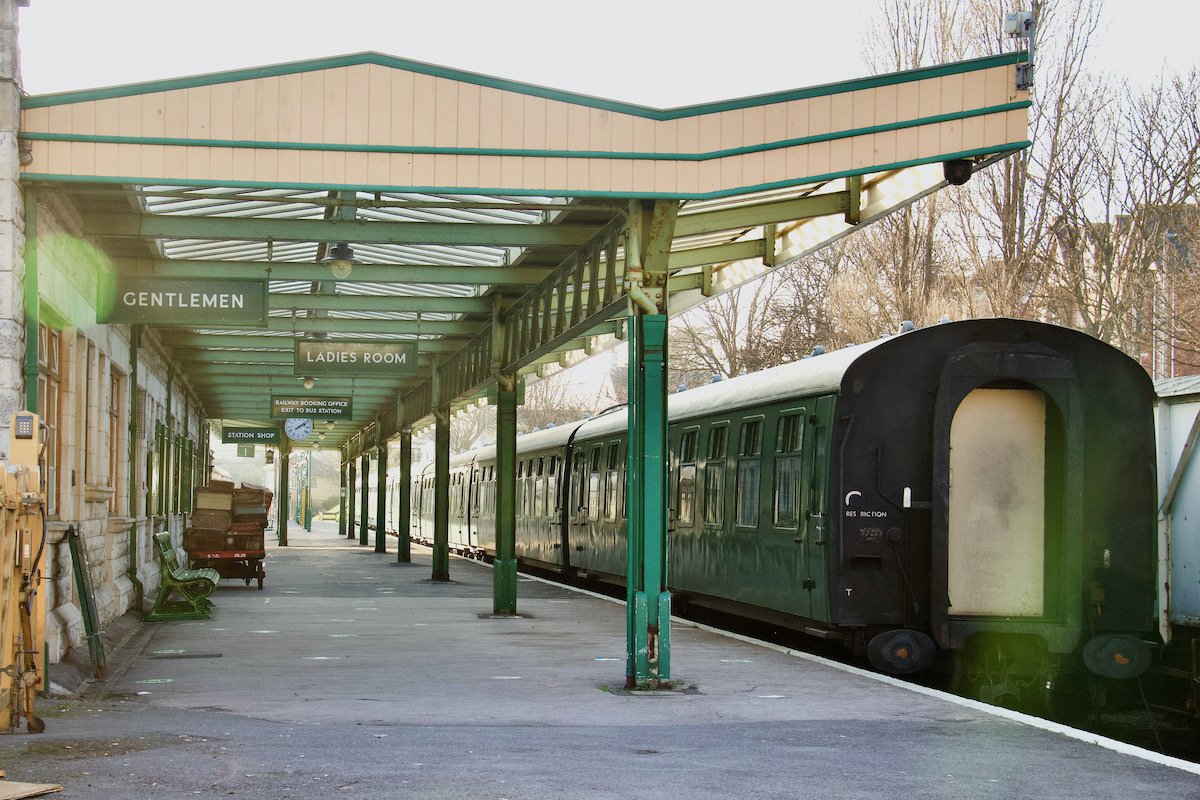
The Victorian Pier
The original Swanage Pier was constructed in 1859-60 by James Walton of London for the Swanage Pier and Tramway Company. It was built mainly for shipping stone, and horses were used to pull carts along the narrow gauge tramway which ran along the seafront. Originally it was intended to extend this track from Swanage to the Langton Matravers quarries. Local opposition resulted in the track finishing at the ‘Bankers’ where the stone was stored. Today the Bankers, now a row of sea front apartments, is known as the Parade.
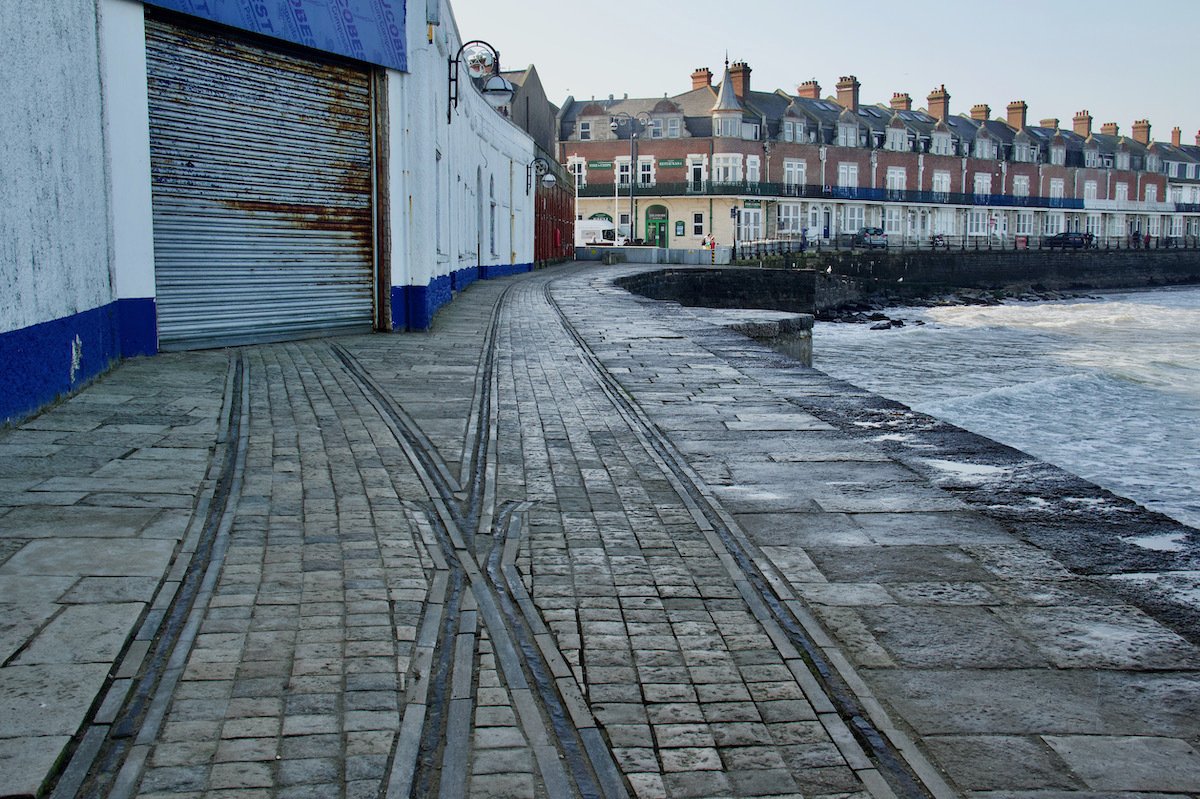
In 1874 George Burt started a steamer service between Swanage, Poole and Bournemouth and it soon became clear that this pier could not cope with both day-trippers and stone exporting. It was therefore decided to build a new, longer pier. This new pier opened in 1897 and steamers ran from there until 1966, with a break during the Second World War. In 1940 the landward end of the Pier was blown up as an anti-invasion precaution. The steamer service was temporarily re-instated in 1948 but when it finished, in 1966, the pier was abandoned and control of the pier company was acquired by the Swanage Pier Trust in 1994. This beautiful old pier, having undergone restoration and renovation, is now very popular with both residents and visitors and Swanage can boast some famous names amongst its visitors.
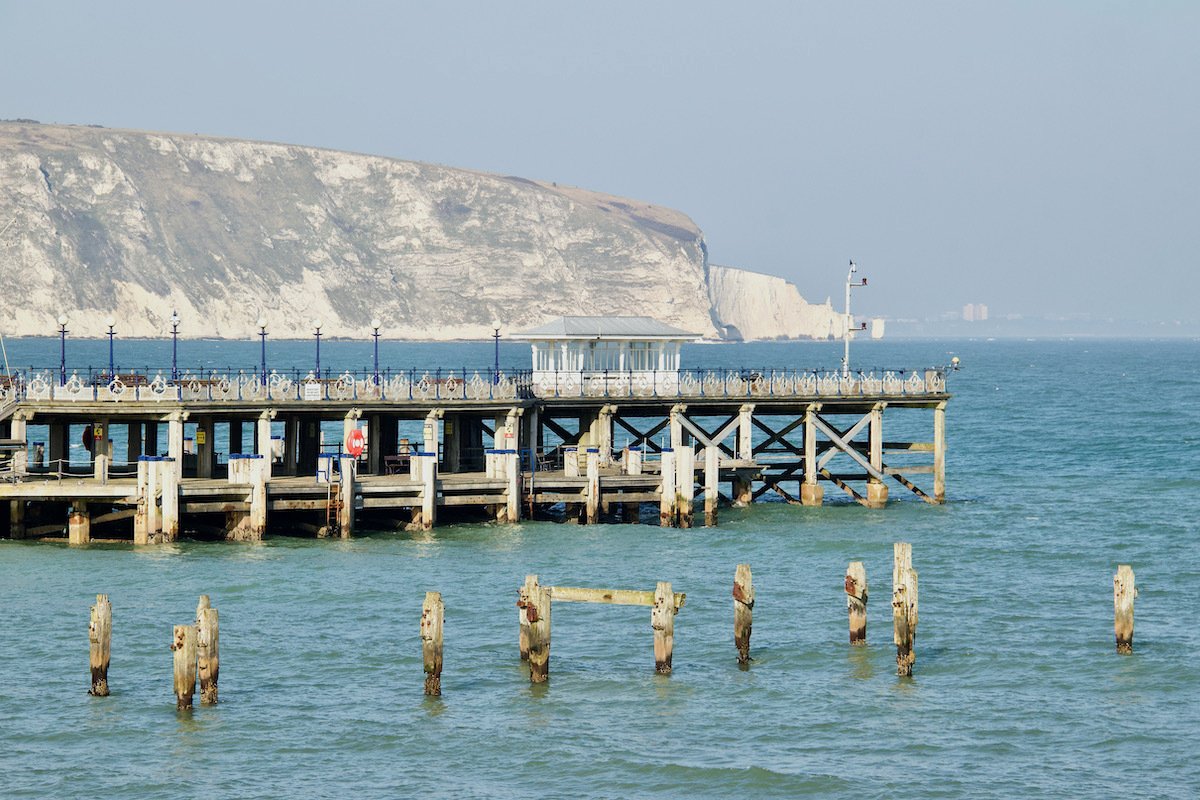
Famous Visitors to Swanage
Thomas Hardy came to Swanage in 1875 on honeymoon with his first wife, Emma. He also spent a winter at the home of William Masters, first coxswain of Swanage Lifeboats. It was here he wrote his story the Hand of Ethelberta. He called Swanage ‘Knollsea’ and referred to it as a place where “Everyone in the parish who is not a quarrier is a boatman.” How times have changed since then. By the time Enid Blyton began taking her annual holidays here, Swanage had emerged as a popular seaside destination. She set many of her Famous Five stories around the Purbecks, including Swanage Bay. Swanage became Tarrydiddle Town and many adventures of the Famous Five were based in the area around the town.
W M Pitt would have been proud to see his dream of Swanage as a thriving seaside resort become the reality it is today.





